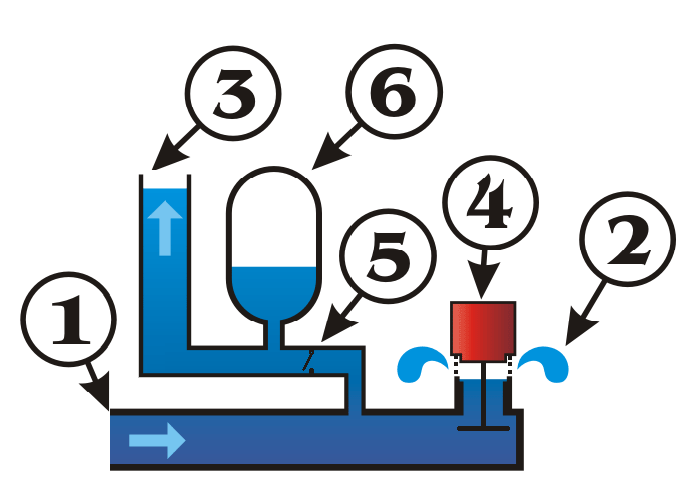kirkhuyser
Electrical
I engaged ChatGPT to explain how x/r ratio affects fault current. In its initial reply, ChatGPT stated that a lower x/r ratio results in a higher initial current, which I knew wasn't true. I found online test curves comparing initial current for two case, x/r=5 and x/r=50, the latter resulting in the higher initial current. So I told ChatGPT I disagreed. It then reversed itself, telling me what I wanted to hear. But then I questioned why if reactance resists the rate of change of current (due to the magnetic field produced, which I didn't share with ChatGPT), would the initial current be higher for higher x/r ratios. So ChatGPT reversed itself again, apologizing for its mistake.
Bottom line is, I could keep going in circles with ChatGPT, but I'm not going to get the correct answer. It seems contradictory to me that higher x/r ratios result in higher initial fault current. Somehow I suspect it has to do with the build up of the magnetic field, but can someone explain this? Don't hold back on getting very technical, or scientific, if you will. I can handle it.
Bottom line is, I could keep going in circles with ChatGPT, but I'm not going to get the correct answer. It seems contradictory to me that higher x/r ratios result in higher initial fault current. Somehow I suspect it has to do with the build up of the magnetic field, but can someone explain this? Don't hold back on getting very technical, or scientific, if you will. I can handle it.

